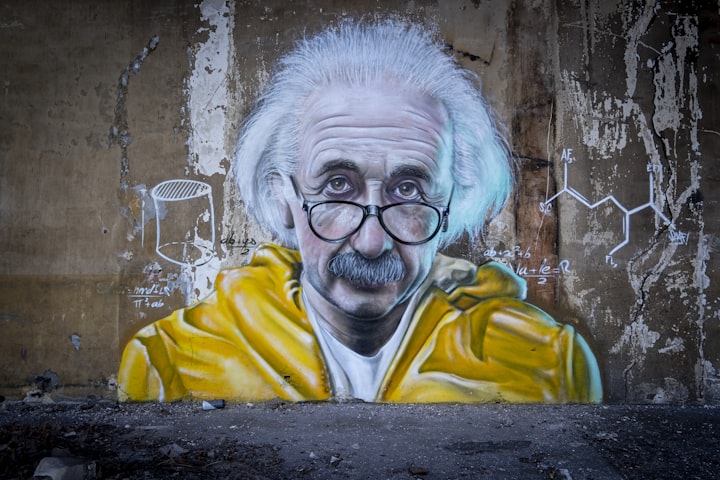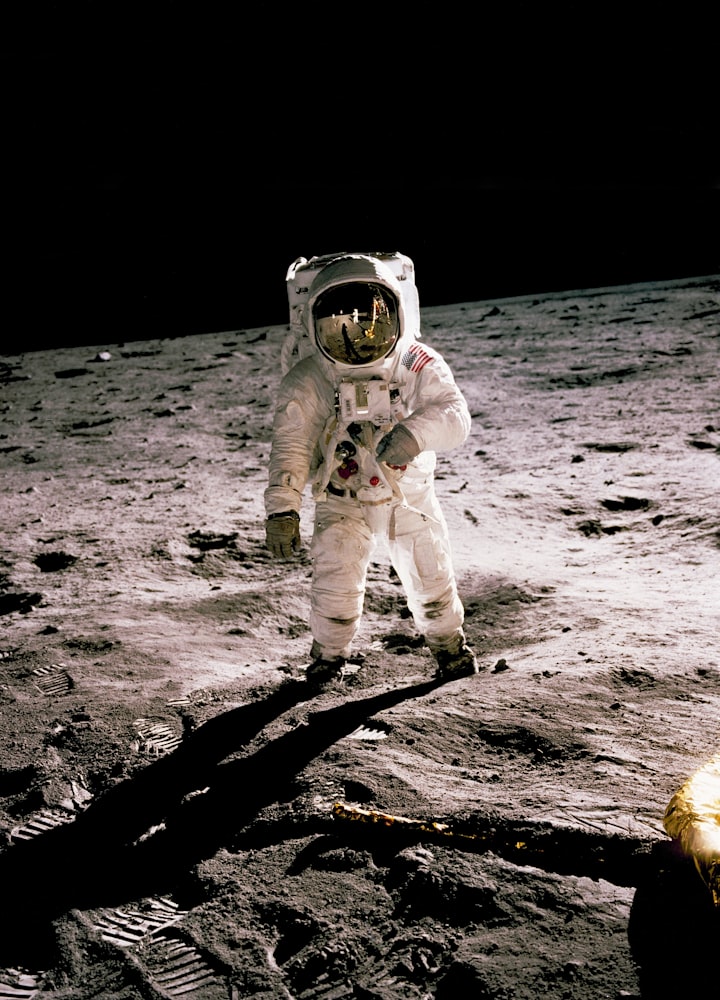Greatest Physicists of All Time Sir Albert Einstein
Albert Einstein Biography

When Einstein encountered many miraculous years in 1905, his first four works appeared in the Annals of Physics, one of the most popular physics journals of the time.
Between 1909 and 1916 Albert Einstein worked on the development of a special theory of relativity, the General Theory of Relationships. It was shown in 1919 in an attempt to divert light from the magnetic field of the sun that Einstein became famous that night.
Einstein thought that the old mechanical laws were no longer connected to the electric fields, which led him to develop his own special notion of relativity. He also studied the thermal energy and quantum theory of radiation, laying the foundations for photon light theory. Einstein expanded his beliefs in the field of gravity when he published the article General Theory of Relativity in 1916, in which he presented his theory of gravity.
About this time, Einstein demonstrated his common sense of relativity that focused on the effects of speed and gravity on time and space. Before the development of Einstein's theory, Einstein held to the belief that the universe was a fixed, unchanging order with the evolution of the universe, but his view was contrary to that he was in a state of evolution. Als ’second basic hypothesis, Einstein assumed that light speed remains the same as Maxwell's reference point required by Einstein and later demonstrated that size and strength are equal.
As a scientist, Einstein had many discoveries, but he is best known for his theory of relation to the E = Mc2 equations that predicted the formation of atomic energy and atomic bombs. Einstein came up with the idea in 1905 in his story Electrodynamics of Movable Bodies, which took physics in a new way that evoked electricity. Einstein is also known for his general theory of relativism, the definition of gravity, and the photoelectric effect that explains how electrons behave under certain conditions (Einstein's work in the past was a Nobel Prize in Physics in 1921).
Einstein tried in vain to unite all the forces of the universe into a single theory, which was still in operation at the time of his death.
Albert Einstein (March 14, 1879 - April 18, 1955) was a German philosopher who lived during the 20th century and changed his mind. Einstein was born on March 14, 1879, in Ulm, a city of more than 120,000 people today.
From the beginning of his scientific career, Einstein recognized Newtonian mechanical malfunction and his special sense of connection that arose to harmonize mechanical laws with electric field laws. He learned about the hot springs and the magnitude of the low rays they saw that laid the foundation for the theory of photon light. It is no exaggeration to say that his ideas contributed to the Allied conquest of the Axis and the defeat of Japan in World War II.
In 1921, with his discovery of a photoelectric effect, he won the Nobel Prize in Physics. The theory of physicist Niels Bohrs still holds true to this day, but Einstein incorporated quantum theory into his calculations. In 1950, in a Scientific American article entitled His Gravitational Theory, he described the theory of a united field.
It was a research post at the Prussian Academy of Sciences and a chair with a teaching position at the University of Berlin. In 1912 he first moved to Prague and then to Zurich, where he took a seat at the Swiss Federal Institute of Technology in Zurich.
When five-year-old Albert Einstein's father showed him the compass, he realized that the empty space could be like a needle and he described the experience as one of the most exciting in his life. Six weeks later, the family moved to Munich, where Einstein began his studies at the Luitpold Gymnasium. The family then moved to Italy and Einstein continued his education in Aarau, Switzerland, until 1896, when he entered the Swiss Federal Polytechnic School in Zurich to be trained as a teacher of physics and mathematics.
Albert Einstein, considered by many to be the greatest scientist of the 20th century, transformed scientific thinking into new ideas about time, movement, and gravity. During his time as a staff member at the Swiss Patent Office in Bern, German philosopher Einstein developed the first of his pioneer ideas. Because of dyslexia, embarrassment, and abnormal and abnormal structure in his brain, which was only tested after his death, Einstein was considered a slow-moving student, making recreational mechanical models.
This gave German-born philosopher Albert Einstein the title of four scientific essays published in 1905. With his general sense of relation, the Nobel Prize in 1921 and his description of what is known as the photoelectric effect, gained worldwide fame. Albert Einstein is best known for his ideas of relativity and equations E mc 2 style E _ mc 2, showing the relationship between size and power and their equality.
The concept of relativity and quantum mechanics are the two pillars of modern physics. Albert Einstein made numerous contributions to physics, including His Special Theory of Relativity, which incorporated the mechanics of electromagnetism, and General Theory of Relativity, which expanded the principles of relativity and abstract movement, creating a new concept of gravity. To scientists, the equation E = mc 2, which contributes to the definition of a special relationship, is famous, but not fully understood by the physics on which it is based.
Einstein's theory of relativity holds sway. In 1915 Einstein published four papers describing his general theory of relativism that revised Isaac Newton's law of gravity to explain how gravity came about and distorted the space created by the masses. Each paper presented the equation E = mc (2) and showed the balance of weight and strength.
In the late 1930s, Einstein's ideas, including his E = mc2 figures, formed the basis for the development of the atomic bomb. When the death of Ein Stein's wife in 1936, Einstein was involved in his efforts to discover a myth of the field that incorporates universal laws and physics into a single framework for more than a decade. In doing so, he distinguished himself from his many colleagues who focused on quantum concepts and their effects on relationships.
About the Creator
Radha Karki
I am very curious ar learning new things, love to read books, paintings, art, and love singing too.





Comments
There are no comments for this story
Be the first to respond and start the conversation.